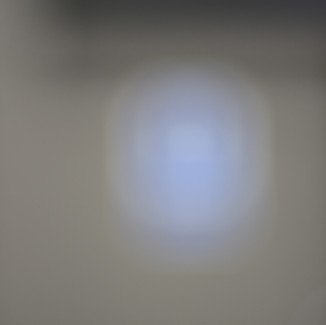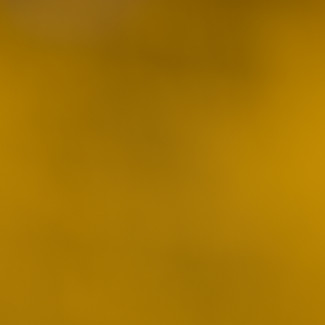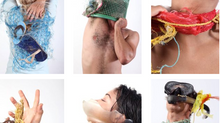Introduction to Speedlites | Workshop on Bounce and Fill In Flash
- Admin
- Mar 12, 2018
- 3 min read
Bounce & Fill
Modern flash photography with speedlites is very simple and easy to do, which makes it accessible to everybody. Speedlite flashguns can be used off camera and controlled wirelessly through the camera’s built in flash, or with an infrared trigger, using the very accurate TTL metering. This means that multiple flashguns can be used on location to create specific lighting styles, as you can in the photographic studio which means speedlites are an effective way of taking the photographic studio with you at all times.
Flash exposures are controlled by measuring light through your camera’s lens – known as TTL (Through The Lens) metering – with pre-flashes made fractions of a second before the real exposure takes place, with really accurate results.
Flash Exposure Compensation allows the photographer to alter the brightness/output of a Speedlite flashgun to create a desired outcome.

The result of a flash lit image will change depending on the mode your are using; Program, Aperture priority, Shutter priority, Auto, Slow-Sync. By changing modes you are altering settings, such as shutter speed, which in turn affects the amount of ambient light that reaches the sensor. Additionally, flash modes can command the flash to fire at the beginning or end of the exposure.
Exposure Modes & Flash (Nikon System)
These exposure and flash modes may vary between different makes and models but these are the general Nikon modes and what they do:
•Program Mode – Camera sets exposure, but raises shutter speed to avoid camera shake, unless slow-sync mode is set. Background may be dark.
•Aperture Priority – User picks the aperture and the camera selects flash exposure accordingly. Shutter speed is limited to prevent camera shake, unless slow-sync mode is selected.
•Shutter Priority – User picks shutter speed and camera picks corresponding aperture to expose ambient light correctly, then calculates flash output according to this aperture. •Exposure Compensation – Affects both ambient and flash exposure.
•Flash Exposure Compensation – Affects flash exposure only.
Bounce Flash
Using your DSLR’s built in flash is okay if you do not have any other options, but it is low powered and the results are harsh, which is not flattering if you are photographing portraits or models. Speedlite flashguns can be rotated from side to side, and up or down. The exposure is controlled automatically, so perfect results can be obtained every single time.
Obviously you need something to bounce your flash off, hence the name 'bounce flash', the best places to bounce your flash off is either a wall or a ceiling.
Images of people with a ceiling bounced flash can often exhibit shadows under the eyes, so use the speedlites built in reflector that will put a little of the light towards your subject whilst the rest will be bounced. A sideways bounce from a wall will mean that your subject will be lit from the side, casting nice soft shadows across the face.
After consuming all of this knowledge we decided to test all of this out and here are the results:
Direct Flash

Bounce Flash

Remote Flash

Gels front & back

Remote front with gel back light

No flash

Metering on sky with no flash

Fill in flash

Fill in with exposure lock on background

Off camera flash

Off camera flash with exposure lock

Creative use

We then took the studio outside using the speedlites, reflectors and a softbox.

We used the cars in the distance as a background for the shots, on the images we purposely threw the background out of focus to create depth and to make the images look really good.
Backgrounds:
Here are a few of the images we took:



Conclusion:
I really enjoyed working and practicing with speed lites, they are a crafty piece of kit that can really transform your outdoor images. It is just like taking the studio with you and I will definitely be using them more in the future.








































Comments